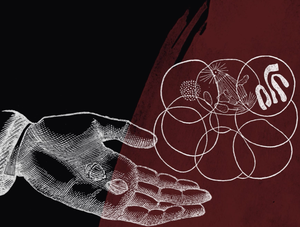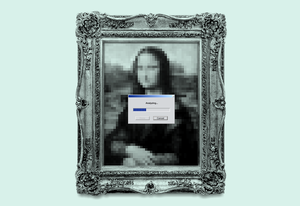When you think about the public domain, it is in many ways a romantic space. It’s the space in which things blossom, creativity blossoms. Why? Because it’s the space in which creators, artists, musicians, inventors are able to wander and pick up the things that they see in the fields and use them for free.
If you imagine a world in which every square inch of property were owned, it would be a very difficult world to live in. In fact, it would mean that the only people who could go anywhere would be those who owned property or who could afford to pay for the rights of entry and exit.
So, when we think about the public domain within the context of the protection of traditional knowledge, the public domain has been used as a sword to disinvest Indigenous groups and local communities from the very things that they have laboured and invested and produced within the specific contours of their own cultural and physical environments.
The public domain has been used as a shield in the international process to deny the legitimacy of creating a legal framework for the protection of traditional knowledge. But the public domain should be neither of those things. A public domain has vitality because it is directly connected to the property rights that depend on a public domain for their sustained and continued vitality.
But simply to say that traditional knowledge is not intellectual property is to restate the historical assumptions that Indigenous peoples are not people.
I think it’s very important, as an intellectual property scholar that’s deeply concerned about social justice, to recognize that knowledge begets knowledge, and that when you steward knowledge responsibly and appropriately, there will be rules and norms that ensure that access to that knowledge is encouraged and sustainable for the long term.
Those are the norms of intellectual property that we must look to, to help us understand how best to create an international regime in which the public domain remains a vital part of intellectual property law, but does not pose a danger to our understanding and to our regulation of access to knowledge and, in particular, access to traditional knowledge.
And what I’ve attempted to do in this paper is to debunk the myth that there is an inherent tension between the public domain and traditional knowledge. What the paper then goes on to suggest is that we can reconcile the importance of the public domain by looking at the particular kinds of public domain that already exist within knowledge systems that protect traditional knowledge and that foster Indigenous peoples’ creativity.
That is the universal-welfare-enhancing, human-rights-compliant view of intellectual property law. That it does not say to one group of people, “Your knowledge is important,” and to another people, “Your knowledge belongs to all of us.”
![iStock-519472040 [Converted].png](https://www.cigionline.org/static/images/iStock-519472040_Converted.width-300.png)

